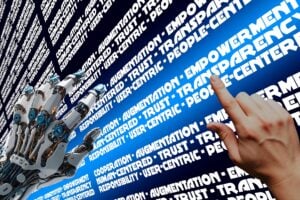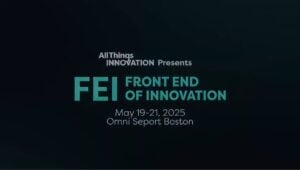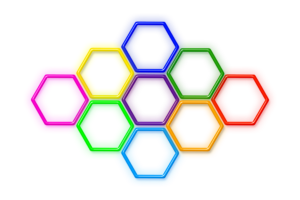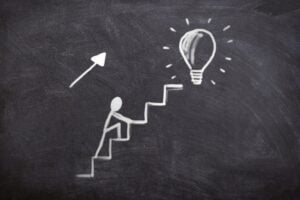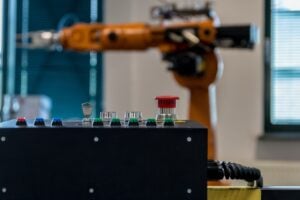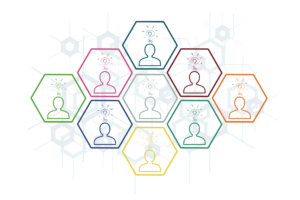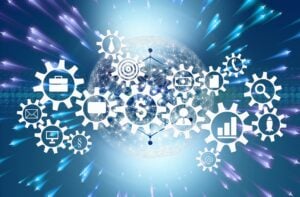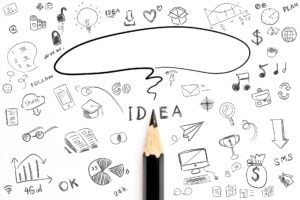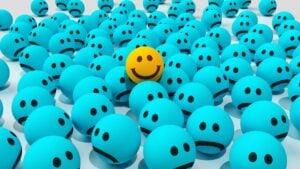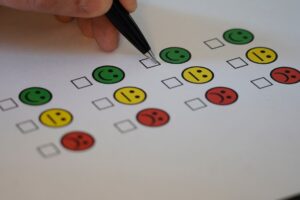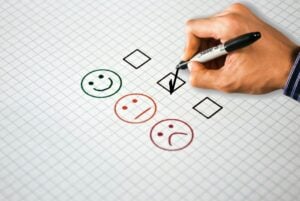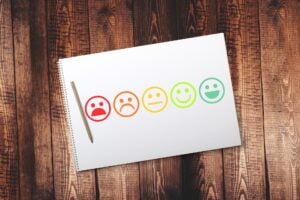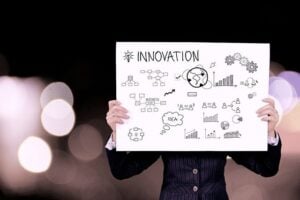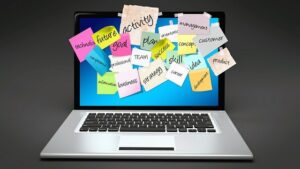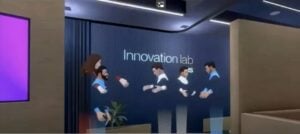At FEI25, Harpalani conducted the workshop, “Silent Collaboration: Challenging Habitual Thinking, Constraints & Inefficiencies,” in tandem with Vibha Tourani, Researcher, PlayMatters (ED-Tech) at International Rescue Committee (IRC). The aim was to challenge habitual thinking and spark collaboration through a tactile, creative exercise—followed by a fast-paced innovation sprint addressing a real-world systemic issue.
The objective was to build trust and energy through teamwork, as well as explore constraints and inefficiencies in everyday systems; create a bold alternative through group imagination and storytelling; and inspire new ideas based on real human-centered challenges.
Thinking Differently
The workshop was a fun take on defeating habitual thinking. Can you just tell us about that aspect of habitual thinking and how it pertains to innovation?
“The whole goal of this workshop is challenging the normal way of thinking,” relates Harpalani. “Our mind is trained to think in a certain way. This workshop, in a way, helps us to think differently, and the whole purpose is that we’re not focusing on solutions, but how are we challenging our minds to think in a unique way so that we can get unique solutions. It doesn’t matter if they’re right or wrong. Challenging habitual thinking is what our workshop is focused around, where basically our intention is to have different personas in the room and how would you solve for each of the different personas.”
This is a lesson that really any innovator can learn from.
Harpalani adds, “What we want the participants to do is once they do our exercise and think differently, we want them to take those methods back to their organization and use the same methods. The way the workshop is designed is that we don’t focus on the problem right away, but we basically become creative with certain icebreaker exercises and then dive deeper into the problem afterwards. The icebreaker exercise helps us to ignite creativity and ignite our brain cells way before we dive into that problem.”
She continues, “How can we think about each individual in the room because as a company, as an organization, I feel we are very much focused in particular on a certain set of stakeholders or an audience that we are always trying to solve for. But this workshop actually challenged us to think of all the stakeholders in the room and think it from their perspective rather than just focusing on one particular domain, and take this whole approach in a holistic way.”
Igniting Human Creativity
Speaking of thought process, FEI25 was structured on the themes of human intelligence, artificial intelligence, and then collective intelligence. What does collective intelligence mean to you and your organization?
“To me, collective intelligence is a hybrid of using AI and human creativity,” says Harpalani. “What I’ve been hearing is how can we use AI to leverage the productivity that we have? One of the biggest insights I heard is that AI can be used to speed up your productivity, but not your creativity. So let AI be productive for you and help serve you, but not let AI take on the ability to think differently and be inspirational because that’s something that only you can do, and that’s the power of human intelligence. Collective intelligence is a very good and mixed combination of these two aspects. At the same time, human beings are aware of when we are applying AI in our field and using it in a very directional and focused way to achieve what we want.”
Contributor
-

Matthew Kramer is the Digital Editor for All Things Insights & All Things Innovation. He has over 20 years of experience working in publishing and media companies, on a variety of business-to-business publications, websites and trade shows.
View all posts



























